I am on a short tour of some of the highlights of southern Spain. The organisation of the tour thus far has had its lapses. Bungled at the beginning and since then I have been shifted about like a supernumerary.
To top it all, I have a sore throat. I managed to last through the flamenco show in Seville last night – no doubt the sangria helped ‒ but this morning I am feeling perfectly foul. Convinced I have caught this beastly bug from the cackling coughing Canadians on the coach, I am not best pleased. And once again we have an early start. Somewhat deficient in the humour stakes right now and only manage a meagre breakfast. However, we are off to Ronda, a spectacular ‘white village’ in the hills of Andalucía that I have always wanted to visit and I am determined to enjoy it.
We pass fields with bulls roaming about as we drive along. Dotted about the countryside are also some giant metal 2D sculptures of bulls, reminding us of their significance in Spanish culture. As we climb the hills, the vegetation becomes thicker and the trees leafier. Birds of prey circle the hilltops of the Serranía de Ronda, as we ascend to the ‘village’, 900 metres above sea-level. Our guide tells us that it is a distance of 100 kilometres from Seville to Ronda and another 100 from Ronda to Malaga, the distance a Roman army could march in a day. So the early Roman towns built along the route were evenly spaced. Useful to know.
We are led from the disembarkation point through the town towards the tourist information centre. Opposite the tourist information office, in the Plaza de Toros de Ronda, is the Real Maestranza de Ronda, Ronda’s bullring, the first in the world to have been completed and one of the five best in Spain, we are told, along with those of Seville, Granada, Madrid and Salamanca. Built in 1785, it featured Pedro Romero as its first and most famous bullfighter. Located near the entrance to the bullring is a large bronze sculpture of a bull, head held high, tail flying, surrounded by purple and red flowers.
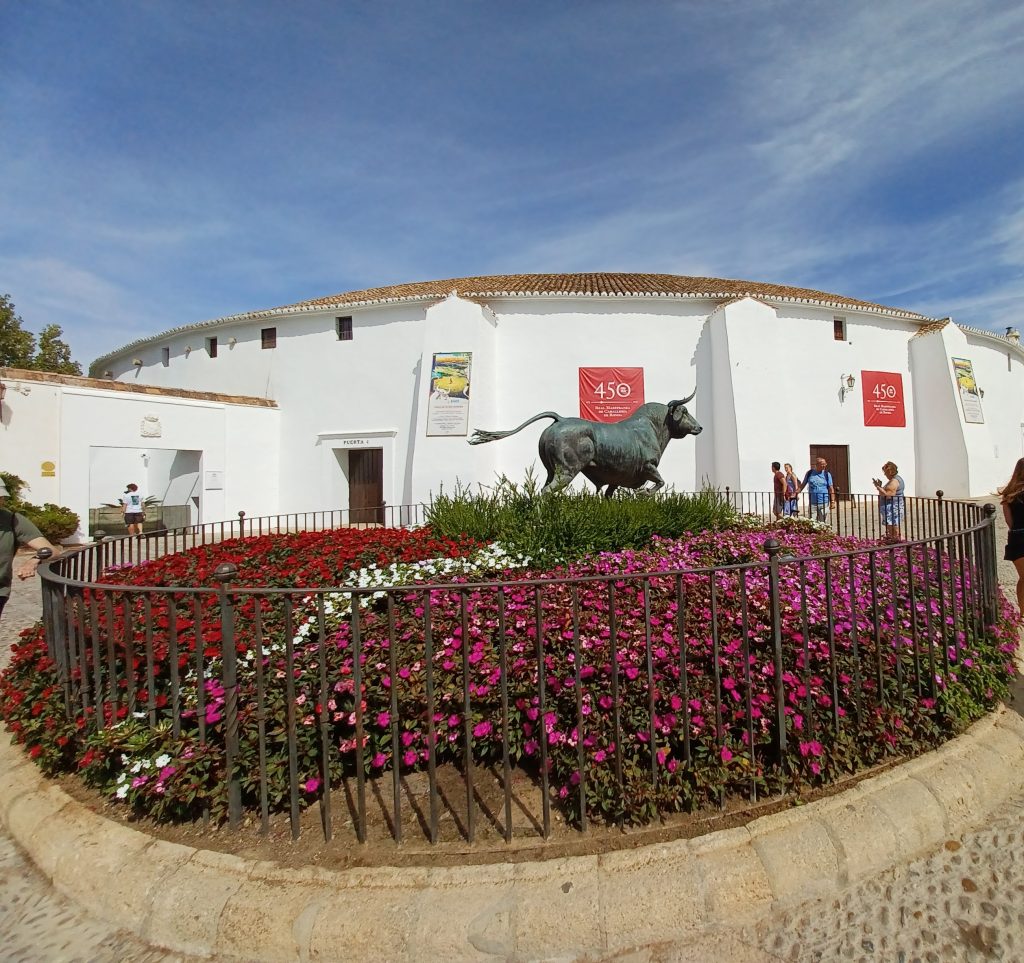
Ronda
Our guide implies that bullfighting is part of UNESCO’s intangible cultural heritage. However my research seems to indicate that UNESCO refused the request to include the practice as it contravenes its principles of non-violence. Perhaps I misunderstood. It has been declared part of Spain’s cultural heritage though under a law of 2013 and is still practiced, especially in the summer months. Whatever one may think of this ‘entertainment’, the bullring here at Ronda is a handsome structure, a bright white circular building with a partially tiled roof, which provides shade for the two layers of seating inside. The seating area has a double arcade of columns and arches in front of it surrounding the sandy yellow bull fighting ring. Many writers and artists have attended bull fights here, including Ernest Hemingway. Funny to think he was once sitting nearby. Hemingway was a great aficionado of the sport. His book, ‘The Sun also Rises,’ contains descriptions of bull fights, and he mentions Romero.
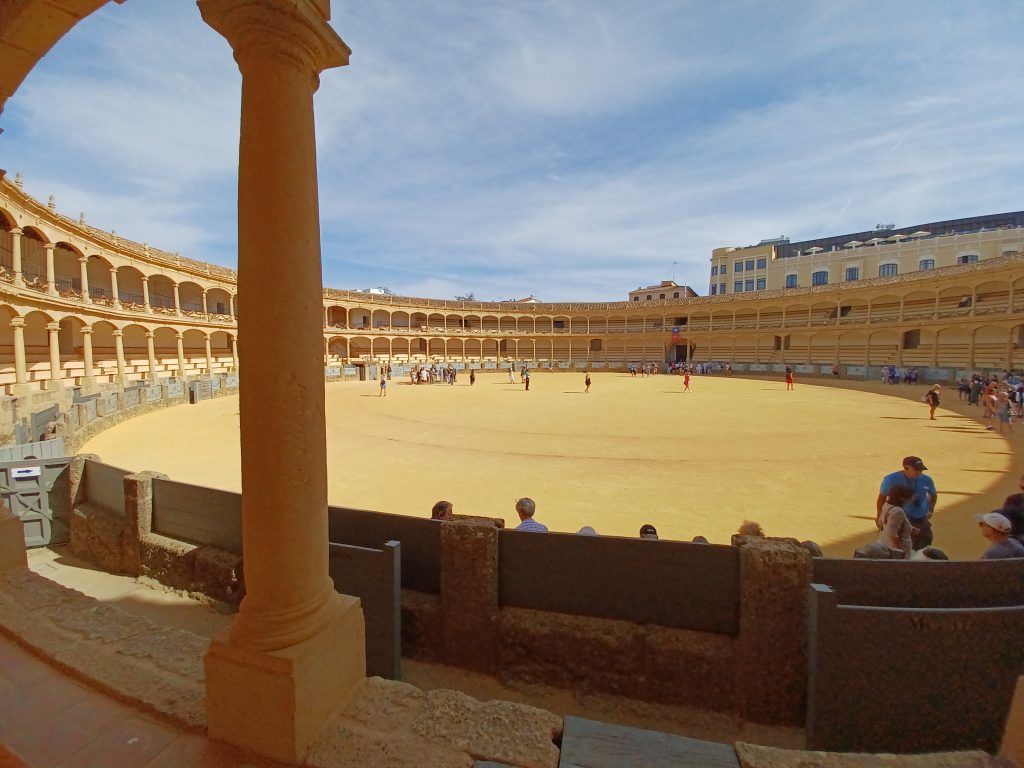
Behind the ring is a museum, the Museo Taurino, which hosts displays of elaborate horse harnesses, velvet covered saddles with tassels, matadors’ costumes and information about bullfighters. It seems that bull fighting developed out of the training given to knights, ‘a gentlemanly equestrian activity’, according to an information board, in which the nobility on horseback practiced their ‘valour and dexterity in the use of a lance’ on bulls. Pedro Romero apparently killed almost 6000 bulls in the bullring. There were even some female matadors at various times, I read, one of whom, Nicolasa Escamilla, sat for Goya. Interesting. In fact there are female matadors today too. Our guide tells us that all the bulls are eaten after being speared. So if you choose to eat beef during the bullfighting season, it could be from one of these…
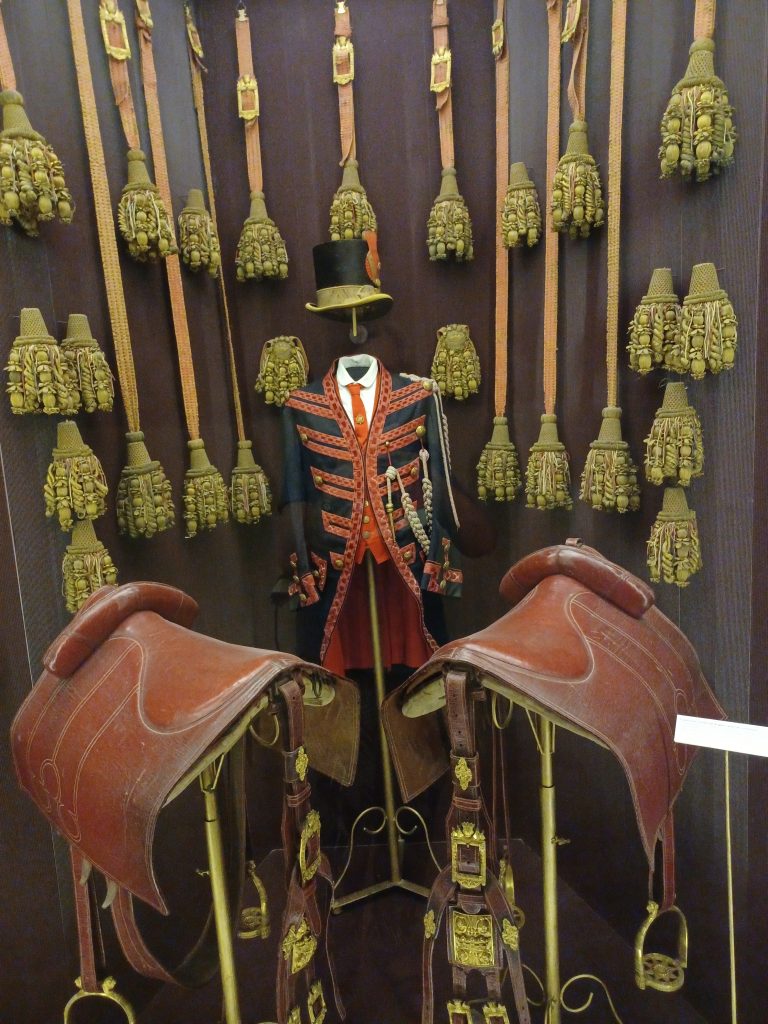
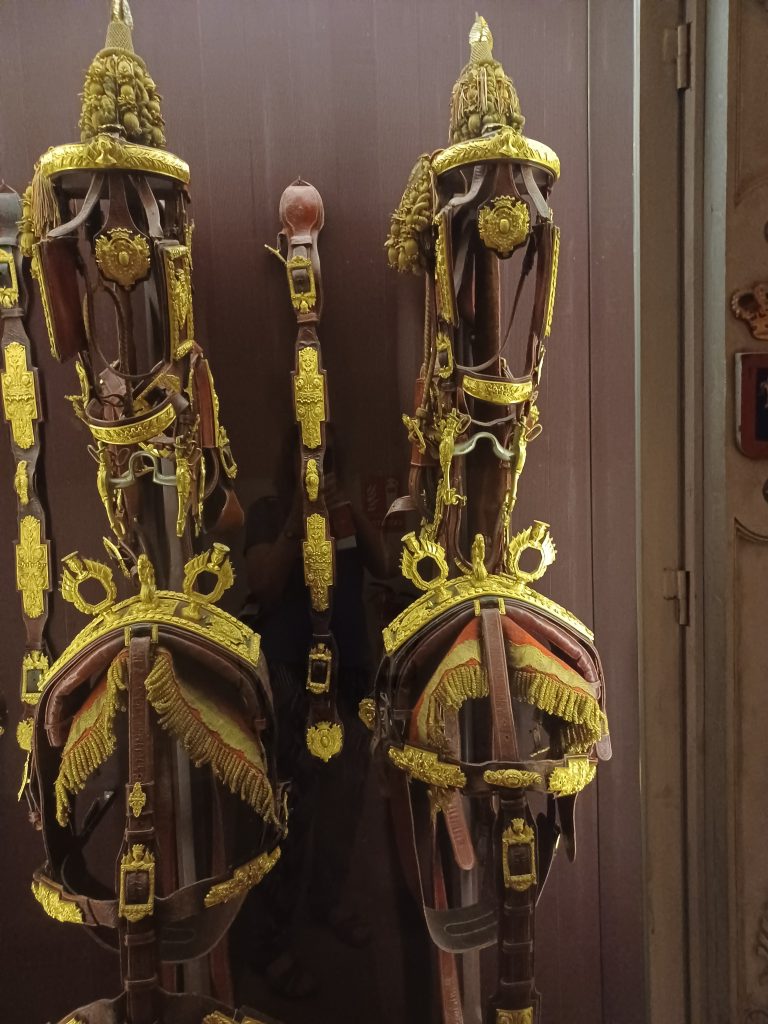
Ronda is delightful. Tall slender cypresses stand gracefully at gateways to white houses, some with yellow painted window surrounds. We stroll across the old stone bridge, the Puento Nuevo, between the old and new towns gazing into the deep El Tajo gorge plunging 390 feet below us. A dramatic site. The first bridge to span the gorge was built in 1735 but it collapsed killing 50 people. The second was completed in 1793. It is said that during the Civil War prisoners were thrown into the gorge from the window of a prison that existed above the exceedingly tall central arch. Another Hemingway book, ‘For Whom the Bell Tolls,’ depicts a massacre in 1936 during the Civil War, the location of which could be in Ronda, though this is disputed.
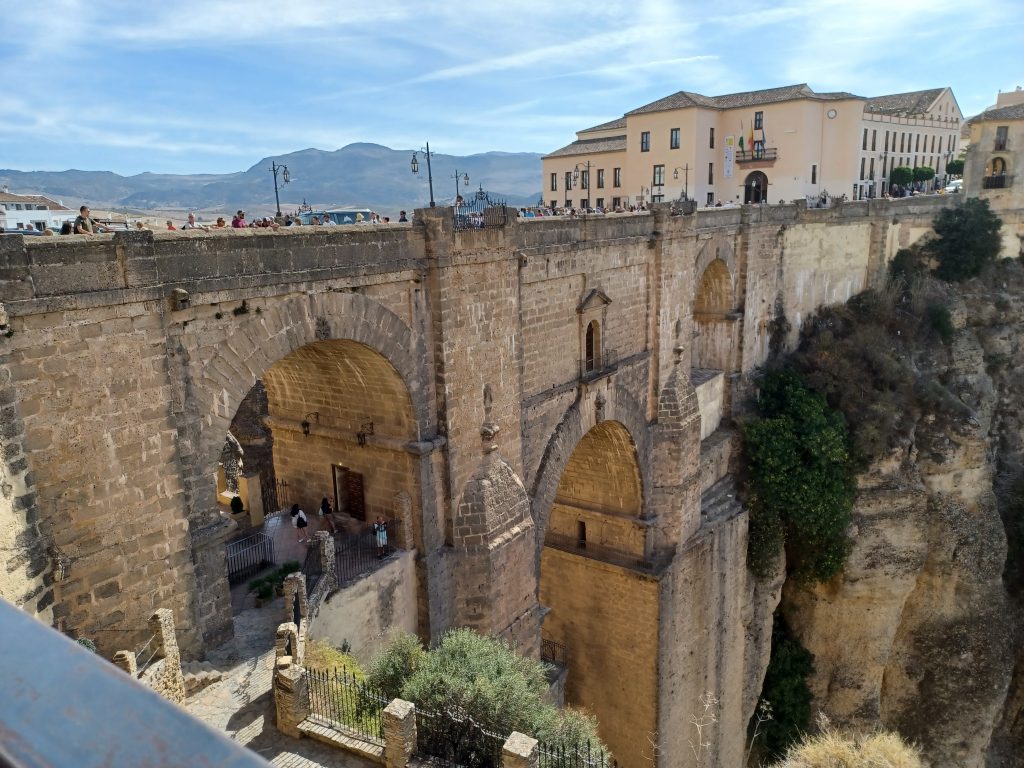
There are steps leading down into the gorge and I can see people hiking up and down them. A guitarist plays ‘Memories of the Alhambra’, on the pathway alongside the gorge, while his dog sits in the shade alongside. I buy one of his CDs, the guitarist’s I mean. He is very proficient. I like guitar music. Plenty of gift shops are open selling the usual Spanish paraphernalia, such as fans, ceramic bulls, tee-shirts and socks adorned with bulls or flamenco dancers, and fridge magnets.
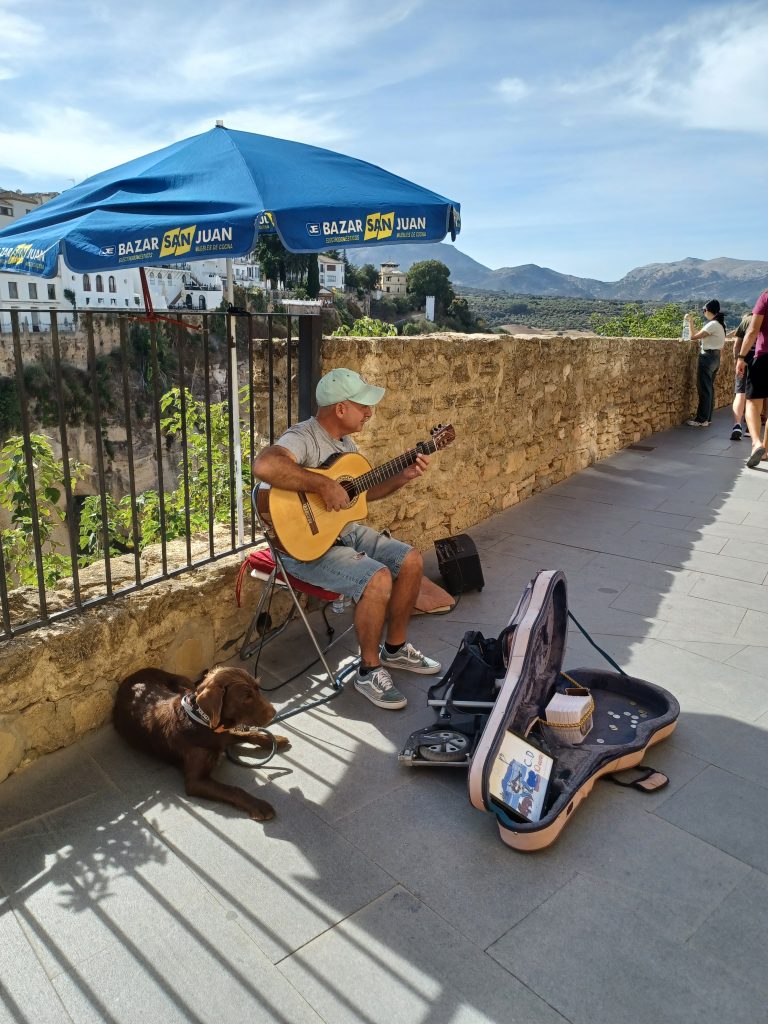
Alluring cafés attract the traveller. We find one named ‘La Flamenka’ advertising mixed Tapas for ten euros. At a cosy table by the wall on a steep narrow street we sit outside and tuck in to the tempting tapas and the Spanish red. Salud!
Heading back to the coach we pass through a shady square in which there is a statue of Pedro Romero standing erect on a stone plinth in the shade. Most visitors though seem more interested in the scenery and are gazing over the railings into the gorge below. An accordionist serenades onlookers there, his accordion case open in front of him to catch a hopeful euro. And then we depart Ronda.
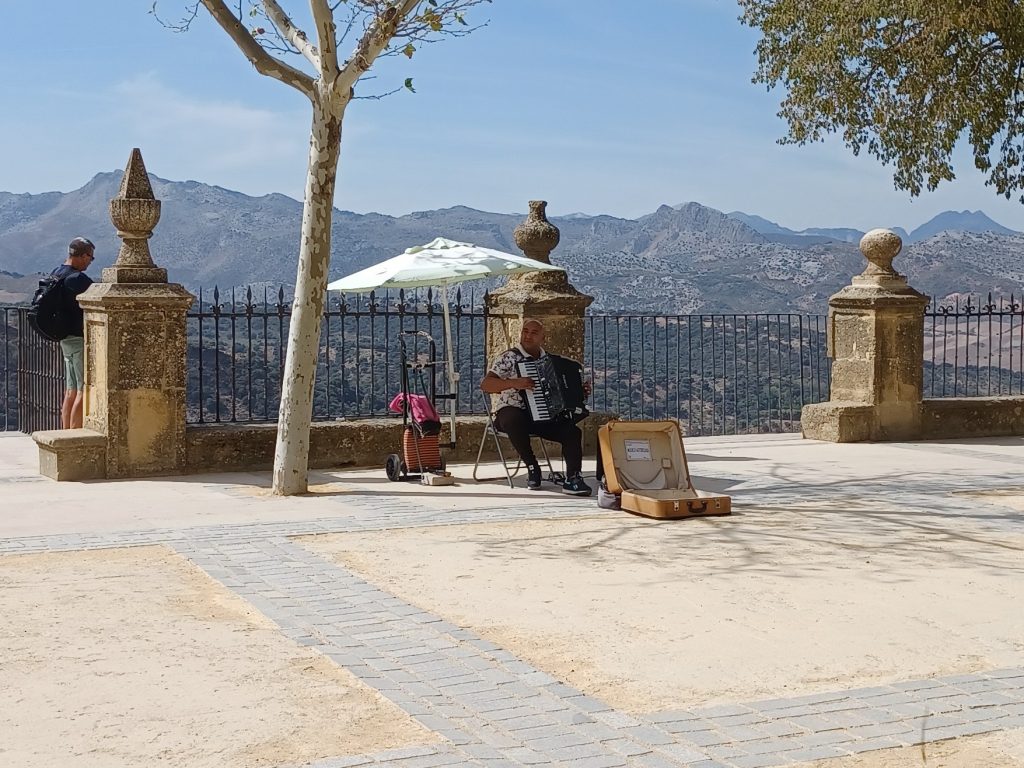
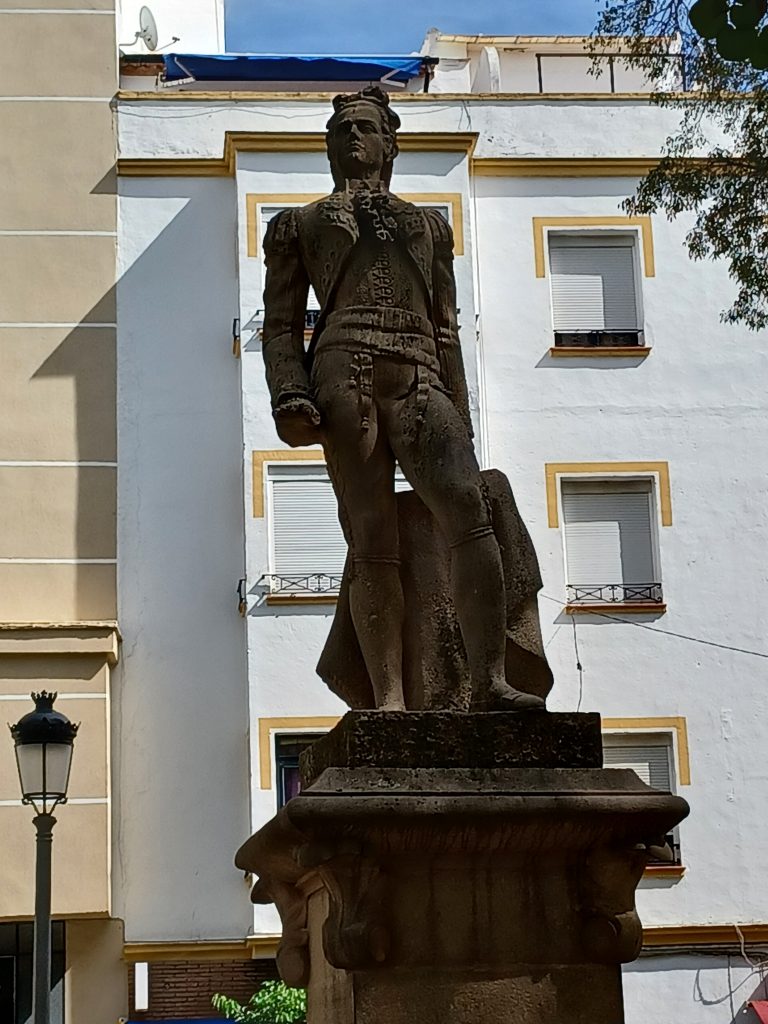
I could have spent much more time in Ronda, I muse. The guide informs us happily that we are now going to “the sunshine coast”, the Costa del Sol, and how lovely this will be. We learn that there are millions of tourists per year visiting this region and most of those are British. He believes this is due to the closeness of Gibraltar, the UK’s only colony left in Europe, he emphasises. I beg to differ. I believe that the closeness of Gibraltar has little to do with the Brits’ desire for the sunshine, beaches and night life of the summer or for an escape to said sunshine during the wet and miserable British winter.
Descending Ronda’s sunny southern slopes, hundreds of goats are frolicking about in newly harvested fields, no doubt feeding upon the fallen grain and straw left behind. We see some wind farms here too. There are apparently many of these in Andalucía. Anyway, we are close to the Mediterranean coast now, which stretches for about 200 kilometres between Gibraltar and Malaga with hotels and apartment blocks bedecking the beaches. “Tourism here all started in the 1950s and 60s with aircraft bringing them all in to Malaga airport” our guide informs us, and we view the airport from the coach as we descend the hills.
I had not been particularly looking forward to visiting the Costa del Sol with all these hotels and beaches. Especially when so little time had been allocated to seeing the sights of Seville and Ronda. Not really my thing. But when we get to the tourist resort of Torremolinos and the huge expanse of ocean is gleaming with the sun’s rays and the place is relatively quiet as it is off season, I buck up a bit. The hotel is nondescript from the outside but all the large rooms look out over the Mediterranean Sea. There is a little balcony with table and chairs and – check this out – a kettle with a tea bag and a couple of tiny cream cartons provided. This addition is, no doubt, to cater for the English hordes, whose requirements must by now be well known. I am grateful to them. I sit on that balcony gazing out to sea with a cup of tea with cream. Perfect.
My happiness is somewhat marred when loud music streams out from a bar next door. I suppose it would be OK if it was music that I liked but it isn’t. Thus, I leave my balcony and go for a stroll along the little beach in front of the hotel and dip my feet in the sea. Some happy families are making sand castles, others playing ball, others footling about in the water. I can understand why they come here.
Granada
Today we are off to Granada. Seats become vacant on the coach towards the front. This is because several travellers have left the group for an onward journey to Morocco. Others have replaced them but we two English speakers grab two of the front seats. There is more leg room and it is a whole lot less uncomfortable than being stuck at the back.
I visited the magnificent Moorish palace of the Alhambra eons ago and am looking forward to seeing it again, even though I feel like death warmed up and am coughing and spluttering into my mask. Much has been said about the Alhambra by our guide, how lucky we are to have acquired tickets etc etc. We wander round the gardens with the local guide. Exquisitely beautiful, the gardens are, with pomegranate trees (the reason for Granada being named Granada, I understand), flower borders, palm trees, and pools of water. Birds trill in the neat hedgerows. The only blot on the landscape is the stream of tourists endeavouring, perhaps, to capture the solace and tranquillity of this place.
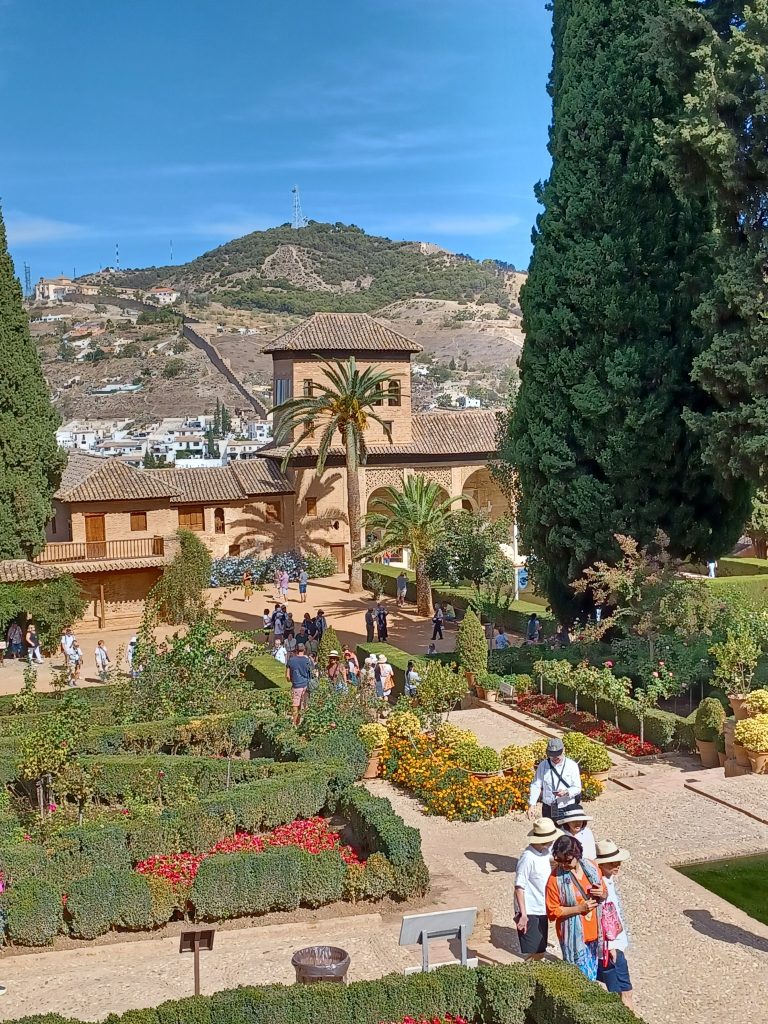
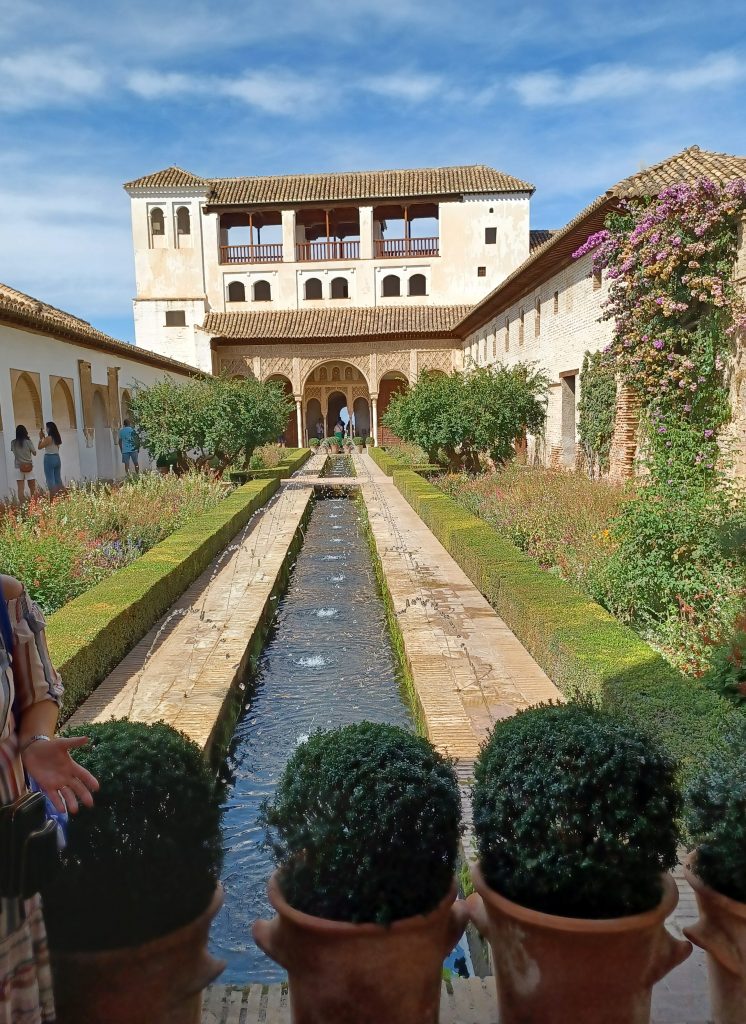
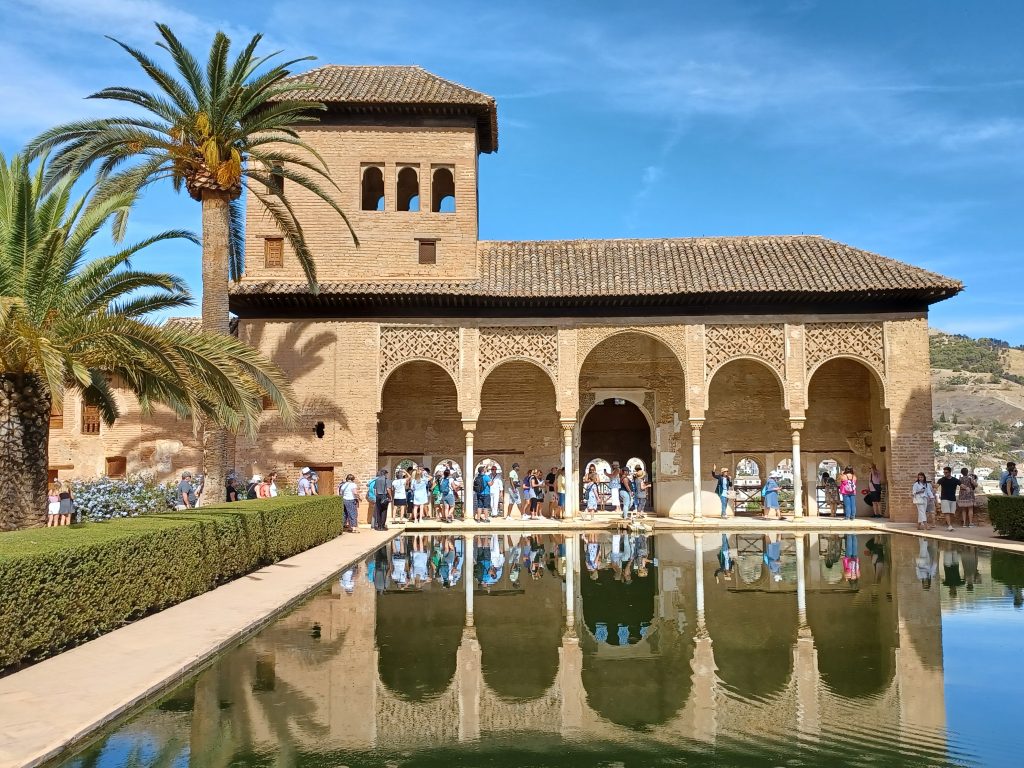
We see various monuments in the gardens too. All good but, as time goes on, I am wondering how much time we will have in the Alhambra palace itself. Then the guide tells us it is time to go back to the coach park. Eh? It seems we are not visiting the main highlight of Moorish Spain. Lovely though the gardens are, on their own they are surely not worth the 8000 people per day who visit, and the long drive to get here. When questioning the local guide, I am informed that the palace was not included on our tickets, despite it being on the tour itinerary. More than a little peeved.
Our hotel that night is outside the centre of Granada near another football stadium. I might have been miffed about the un-central location but disappointment mixed with this noxious cold means that I am hardly bothered any more. My priority on arrival is to acquire some medication, so I wander off, after enquiring at the 4 star establishment, which seems unable to provide, to find some. I miss an outing to another flamenco show with a trip to take photos of the Alhambra palace in the floodlights. Scarcely enticing and zero compensation for visiting inside the palace itself.
Toledo
It transpires that we two will be travelling on a different coach for the final day, with a different guide. The occupants of this third coach in five days are mainly English speakers. We leave Granada next morning at the usual unseemly hour and enter the region of Castille – La Mancha, Don Quixote country, where we see windmills atop the hills. Don Quixote is often depicted with windmills, as on the ceramic tiles in the Plaza España, because this quixotic knight imagined the windmills to be his enemies and practiced jousting or ‘tilting’ at them. Hence the saying ‘tilting at windmills’, i.e. no point wasting energy on imaginary problems. Anyway, the countryside here is rather splendid. I soak up the views through the coach window.
The final stop on the tour is Toledo, capital of the province of Castille – La Mancha, perched upon a rocky hilltop surrounded by a wall and, on three sides, by the Tagus river. Everyone piles out of the coach at a viewpoint to take pictures.
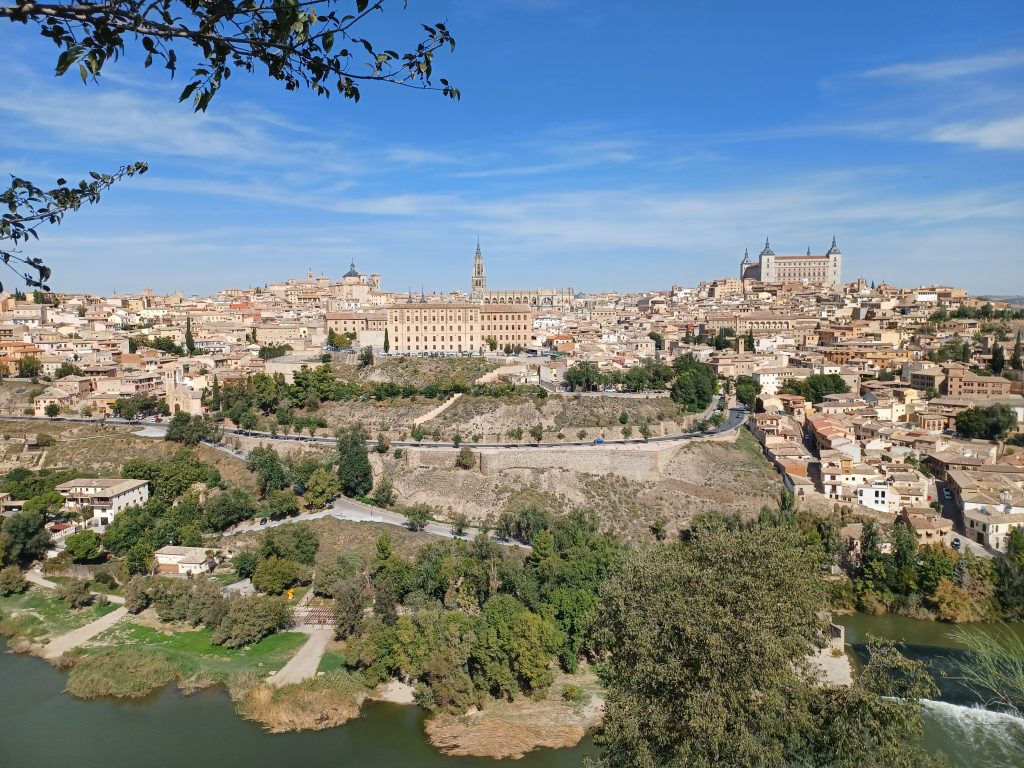
To get to the centre, we cross a bridge and ascend via a series of escalators. Not very ancient but mighty convenient. Toledo was the capital of the Moorish kingdom of Al Andalus in the 700s. The Moors coexisted peacefully with Jews and Christians, showing a remarkable tolerance for different faiths, for 700 years. That Moorish tolerance disappeared with the Christians who gave the Jews and Moors an ultimatum: convert to Christianity or leave. Nice. Our guide tells us that those that didn’t were kicked out in 1492, that significant year when Columbus discovered the Americas. The city declined in importance when Philip II (he who married Bloody Mary I of England – you know, the one who liked to burn heretics at the stake) declared Madrid the capital in the mid sixteenth century.
We have a whistle stop tour. The local guide, dapper sort of chap, who walks somewhat speedily, has already finished his spiel to those of the tour group that keep up with him. The stragglers, wishing to gaze awhile, miss out. No wonder tour groups take so many photos. They only ever get cursory impressions, no time to gaze at leisure, no time to take in the images seen, so photos provide the opportunity to digest it all at home. We pass the huge medieval Gothic cathedral built upon the previous mosque, but do not go in. We come to the synagogue but do go in. The oldest synagogue in Spain still standing, I understand, and dating from the 12th century, it was built by the Moors for the Jews and is full of Moorish designs but with Jewish motifs, such as the Star of David. It is delightful with its white columns and arches with gold painted capitals. It later became a church.
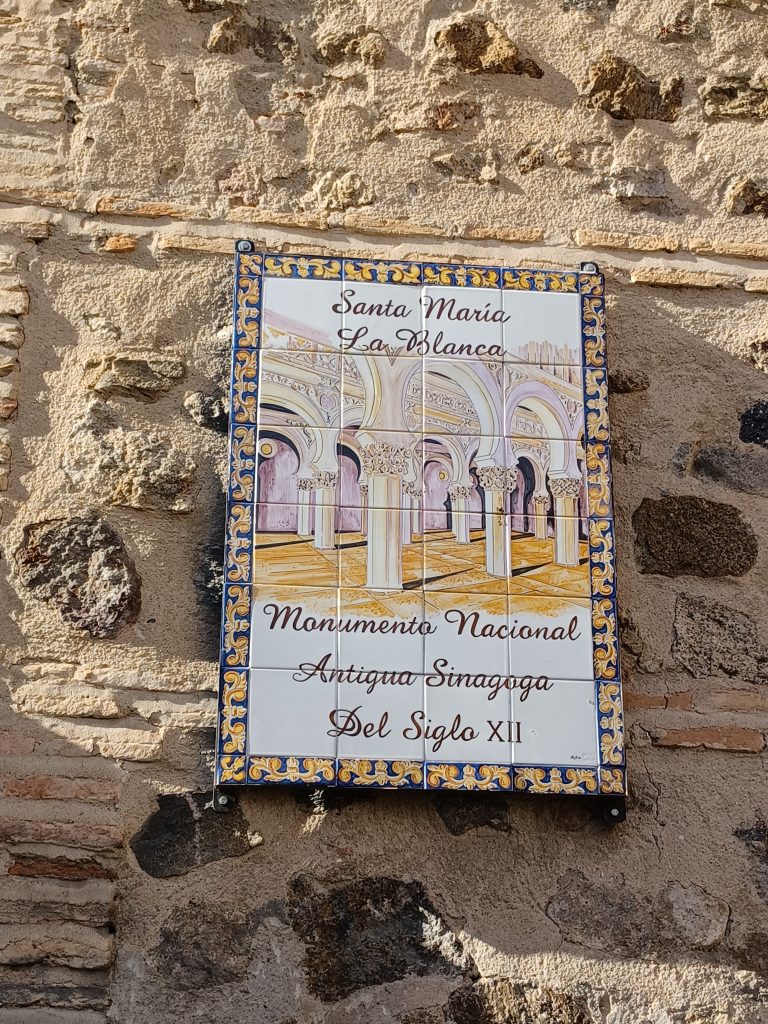
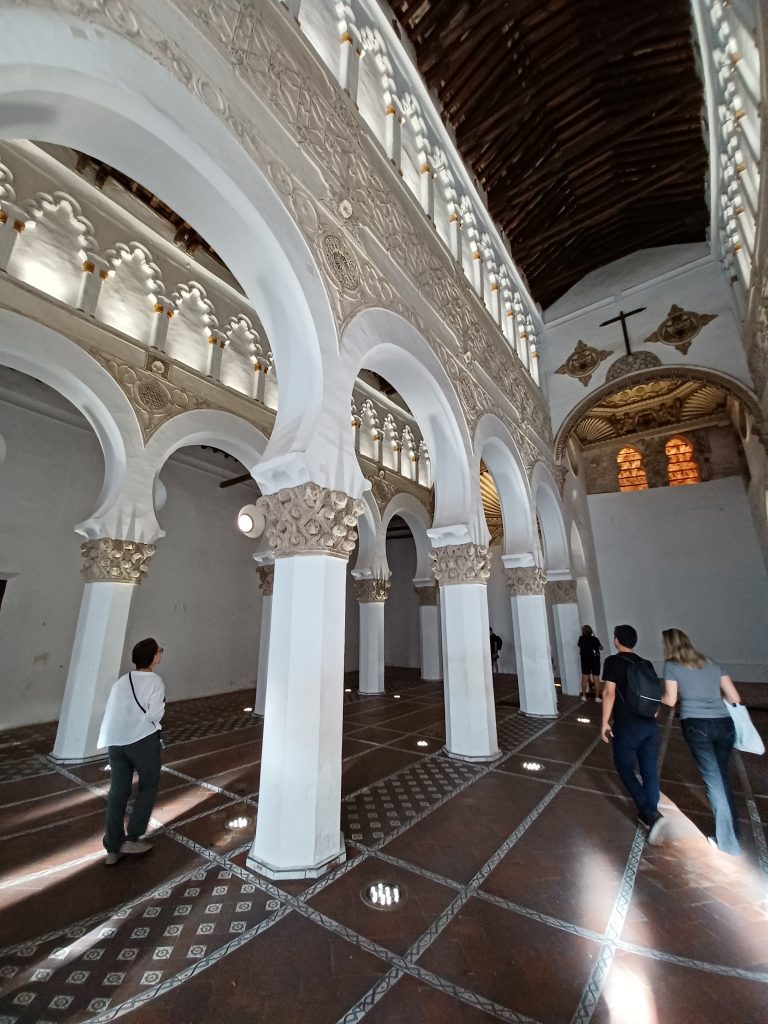
Toledo is full of churches, museums, cobbled streets, signposts made of ceramic tiles, and marzipan shops. I hasten to keep up with the guide. “Marzipan is famous here in Toledo”, he intones. “During a famine in the sixteenth century, the nuns in the convent of St Clement”, and he waves his hand in a vague sort of direction, “ground up almonds from the many almond trees and mixed them with sugar to eat”. Toledo has become famed for this delicacy.
One of the most important sites we are led into is that of the Church of Santo Tomé (St Thomas) housing a huge painting by El Greco, the Greek, who lived in the town. He is known as El Greco, because the Spanish could not pronounce his name, Domḗnikos Theotokópoulos. The painting is called ‘The Burial of Count Orgaz,’ painted in 1586 and was apparently the artist’s favourite. It shows two saints standing by the body of the Count. The Counts’ soul, depicted as a baby, appears to ascend through the uterus of the Virgin towards Jesus, waiting in Heaven. Leading citizens of Toledo are present at the funeral, one of whom is El Greco himself, facing the onlookers. At least, this is what the guide tells us. The painting is over fifteen feet tall. There is a whole museum devoted to El Greco in Toledo, the Santa Cruz museum, but we have no time to visit.
We do, however, have a splendid lunch in an establishment catering for large tour groups, overlooking Toledo from across the river. The Spanish like their lunches – and their dinners ‒ and provide unto visitors what they wish to be provided unto themselves. No complaints there. As we exit the restaurant via a small shop, we come face to face with Don Quixote standing against a wooden upright in his armour, with lance and shield. Tilting at tourists perhaps.
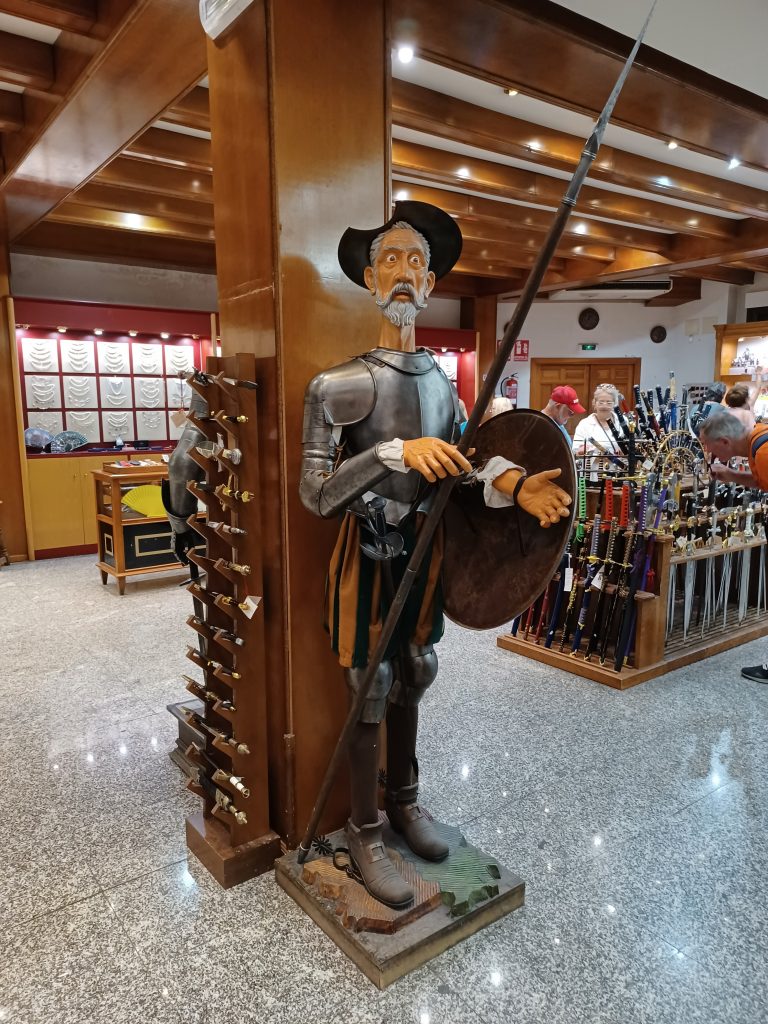
Madrid
We arrive in Madrid late and I leave the tour. Adios. Fortunately, the hotel I have booked is near the dropping off point and I am welcomed by a smiling gentleman at reception. How nice. During the tour, the guides invariably check everyone in so one seldom gets to encounter the staff of the hotels. In fact, one remains rather anonymous throughout, herded from place to place. So it is somewhat uplifting to be greeted in person. Best of all, breakfast is served until 10:30, so I have two mornings to lie in, to sip soothing cups of tea and slip slowly into the day. No rushing, no alarms pinging with their digital insistence. Time to recuperate from the ‘holiday’ and enjoy the final days at leisure.
I like Madrid. It is full of fine buildings, squares with statues, and parks and palaces. A walkable city with some of the finest art galleries in the world. I visit the Museo del Prado and head for the areas displaying the Spanish masters such as Velasquez and Goya, as well as El Greco. Apparently the origins of this collection were Spanish royalty of the sixteenth and seventeenth centuries. In another area, I behold the tremendous triptych by Hieronymous Bosch, ‘The Garden of Earthly Delights’. Bit weird and wonderful. No photography allowed. I visit the Reina Sofia gallery and see Picasso’s huge ‘Guernica’ and Salvador Dalí’s cubist self-portrait. Photography allowed.
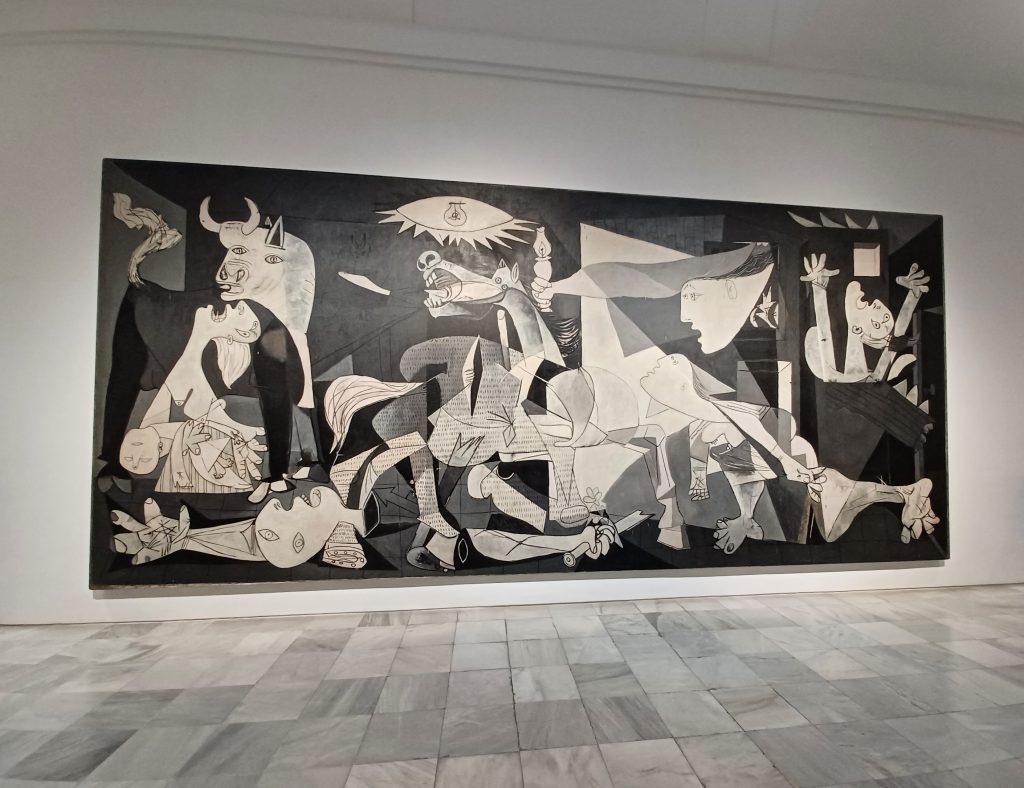
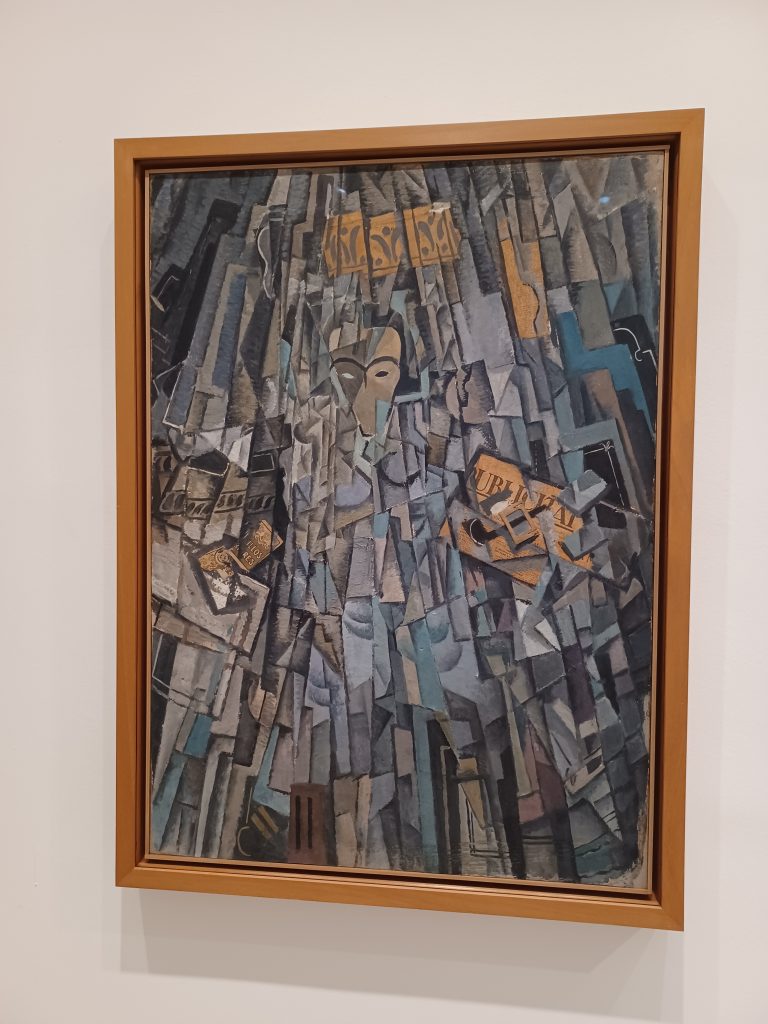
I see the huge Palacio Real and the splendid Catedral de la Almudena as the sun sets. And as night falls, I sample the best Iberian ham and the best Rioja in outdoor restaurants in sumptuous squares, and wander round the cobbled streets in the lamplight.
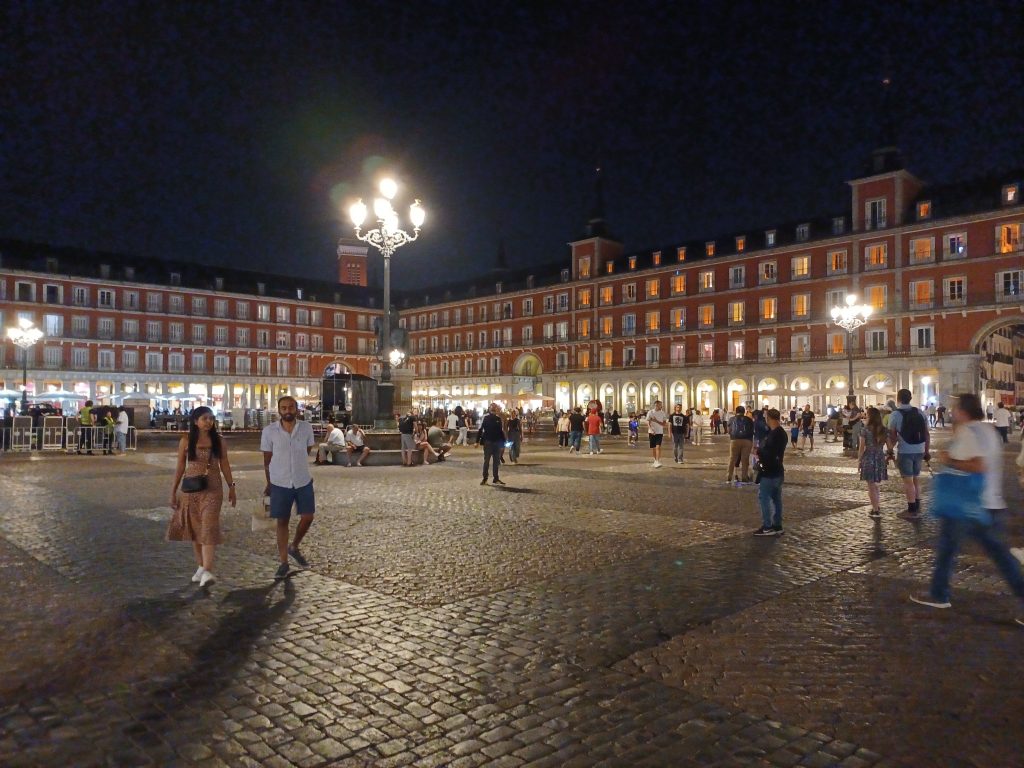
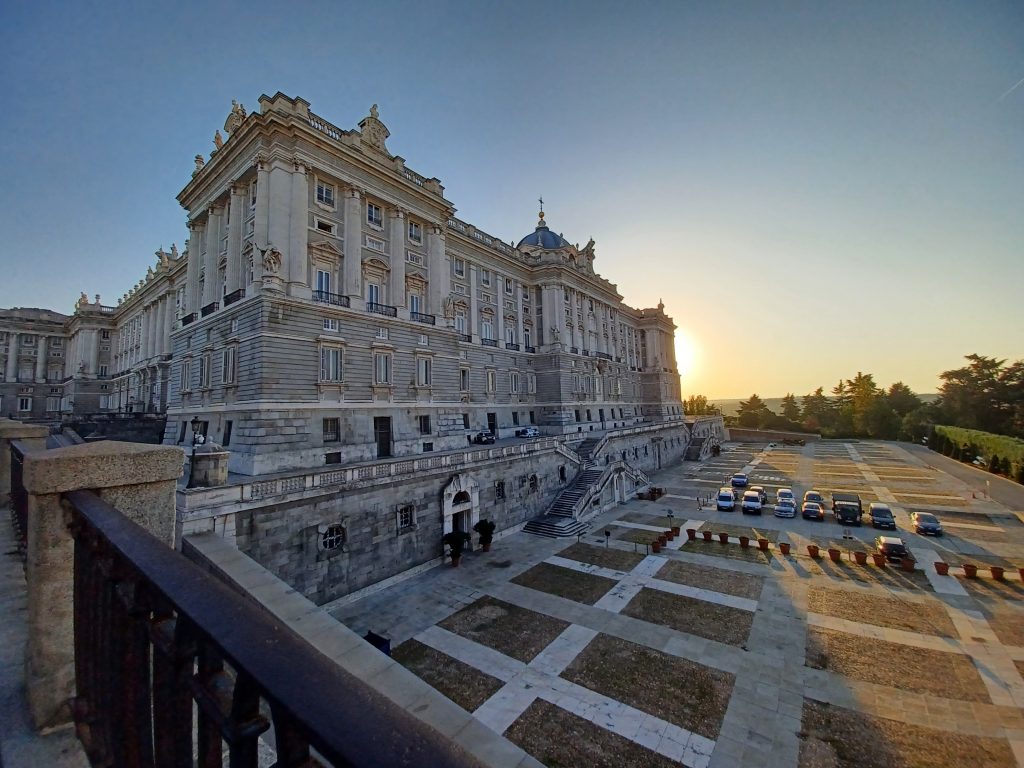
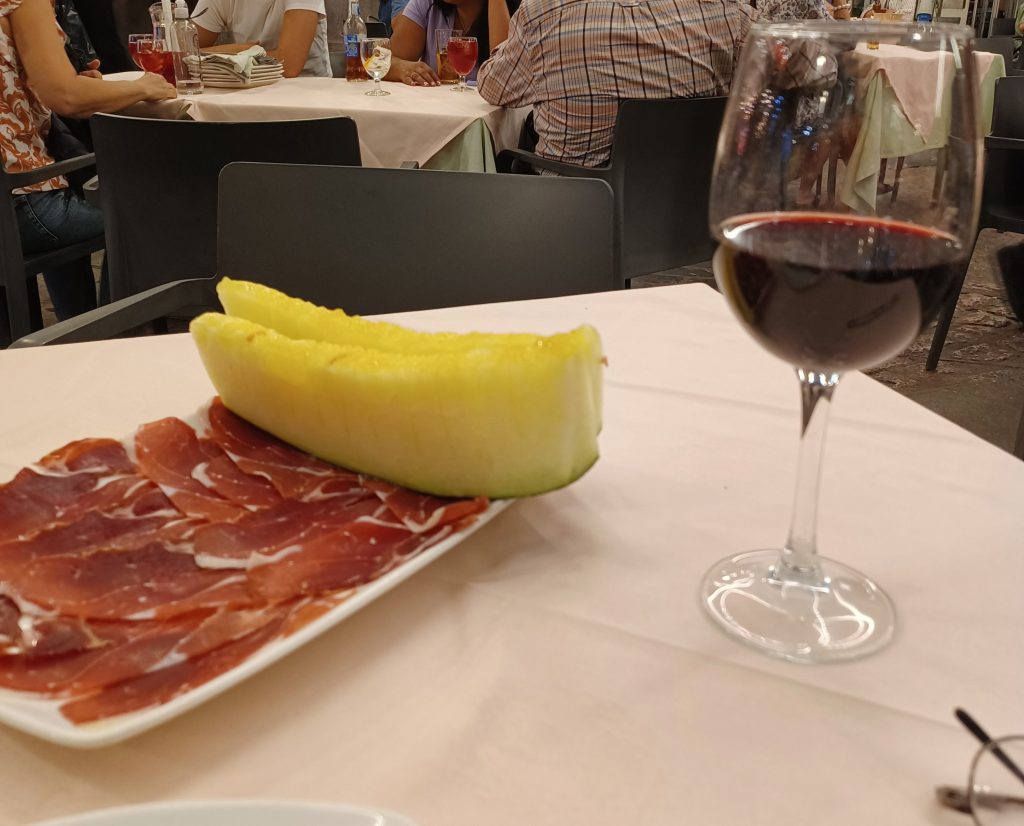
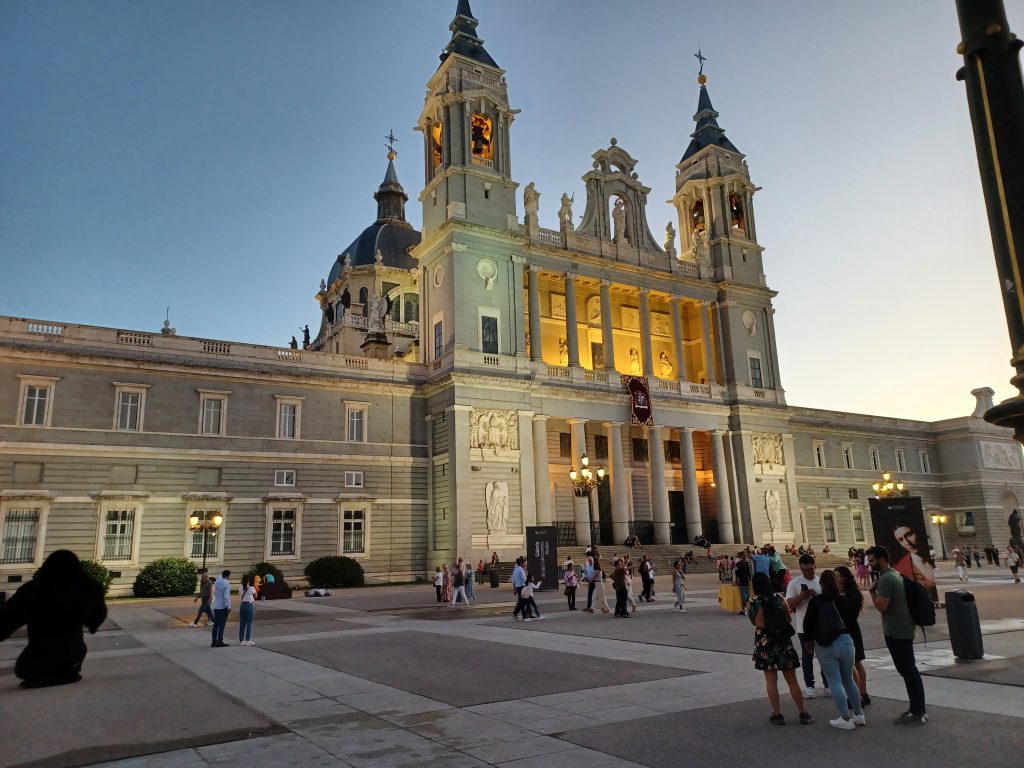
I reflect, of course. I cannot help feeling that this trip could have been infinitely better. You win some, you lose some. Nevertheless, I still had fleeting glimpses of awe-inspiring places. Perhaps, next time I travel, it will be slower and more languid, with plenty of time to stand and stare.

Leave a Reply